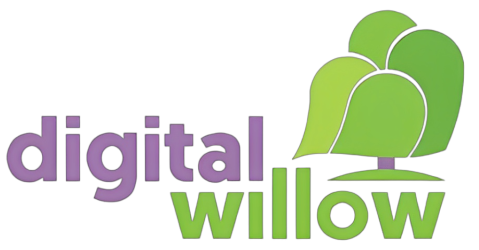What are the upcoming trends that are going to shape the marketing landscape in 2019? Are you equipped to stay ahead of the game and take advantage of them?
We’ve detailed some key trends that you need to be aware of;
- Personalisation through Artificial Intelligence
We are already starting to see the application of AI in customer experience, personalisation and analytics. Recent research conducted by Adlucent found that 71% of respondents prefer ads tailored to their interests and shopping habits. Personalisation boosts engagement, cut through and ultimately conversion. What’s more is that 44% of respondents were willing to give up information including name, address or email address in order to get more personalised advertising and according to Experian, 87% of customers find it acceptable for brands to use their data to personalise communications.
- Augmented Reality
Augmented Reality is well and truly here, but is being tremendously under-utilised. Much like the experiences AR offers, we expect 2019 to be the year this technology really takes off. Brands can start using AR for many reasons such as:
- Raising awareness
- Telling a story
- Improving customer experience
- Promote products through gamification
- Building engagement through this innovative channel
According to Gartner, 100 million people will be shopping with Augmented Reality by 2020, so this year is the perfect opportunity to explore how AR can fit into your own marketing plans.
- Voice Search
Voice search is growing at a rate which can’t be ignored. According to Comscore, by 2020 50% of all searches will be activated via voice. Considering that is less than 12 months away, advertisers are in a race to become prepared before competitors. Interestingly, due to Amazon’s Alexa using Bing’s search engine to activate voice searches, Google are not the market leader in this field. It will be interesting to see the moves and acquisitions they make in the upcoming months to challenge Bing’s dominance in voice search.
- Green Consumerism
Environmental degradation continues to hit the headlines. Rising sea waters, air pollution and shrinking animal populations are now common place daily headlines. According to GlobalWebIndex, over 60% of millennials and 55% of Gen X are willing to pay extra for eco-friendly or sustainable products. But what has this got to do with digital marketing?
62% of consumers in the U.K. and U.S. say that they research products online to determine their ‘green-ness’ before purchase. Advertisers must create and amplify content promoting their green credentials or risk losing market share to competitors who appear greener. SEO will form an integral part of this strategy, to ensure content is visible and readily available. Unilever has been quick to capitalise on this trend and is reaping rewards as a result. In 2018, they revealed that its “sustainable living” brands grew faster than the rest of the business and delivered 70% of its turnover growth.
- Visual Search
With visual search, users can upload an image to conduct a search and receive more specific results – taking search to an increased level of complexity. According to ViSenze, 62% of Millennials would rather use visual search compared to any other search method; highlighting the growth expected in this area. Pinterest is becoming a pioneer in visual search with the launch of their ‘Lens’ tool which allows users to take a photo of an item and find out where to purchase it online or search for similar products. As of August 2018, Pinterest announced that they receive 600 million visual searches every month. Google Lens is another visual search engine which although only available on Google Pixel phones at the moment, can recognise objects, landmarks and other things visually through a camera app.
